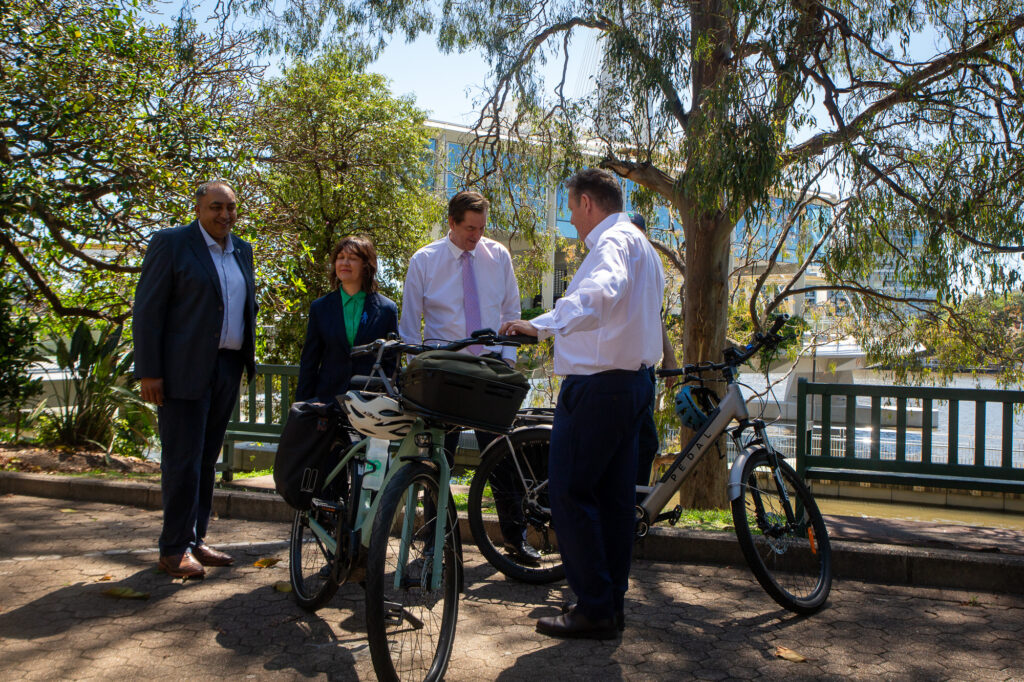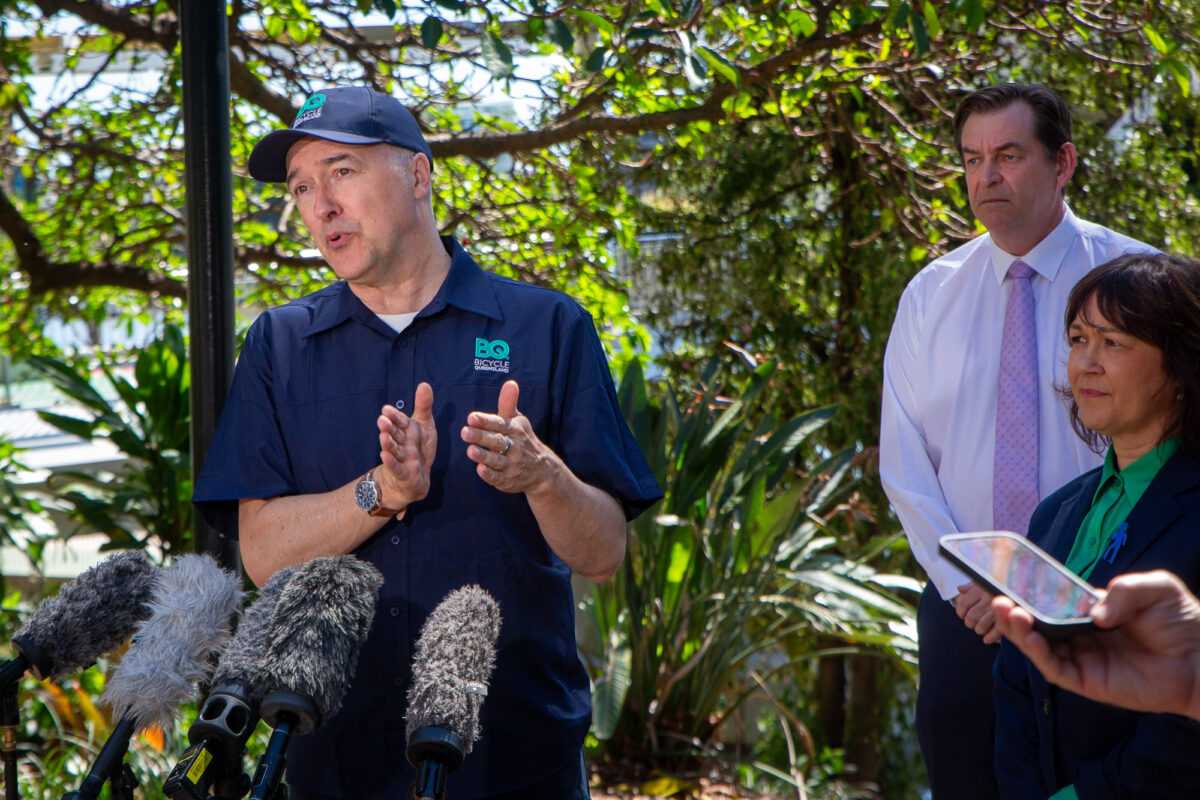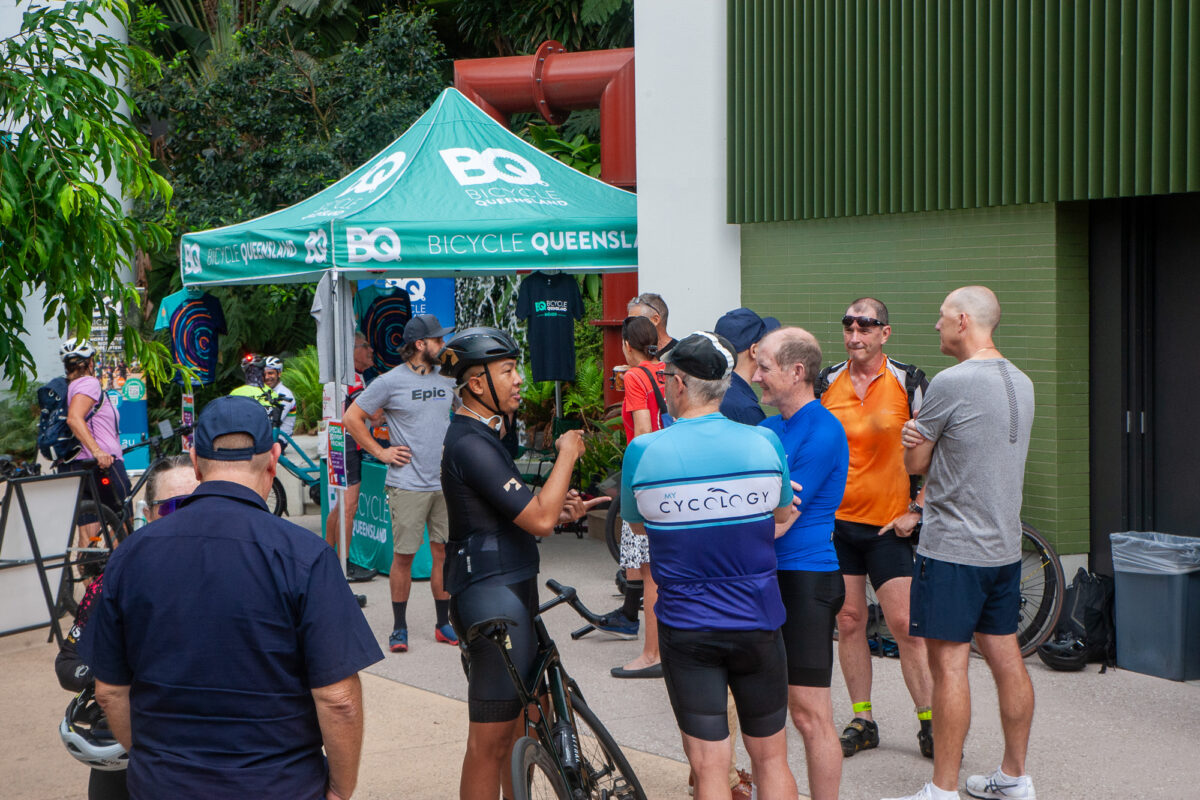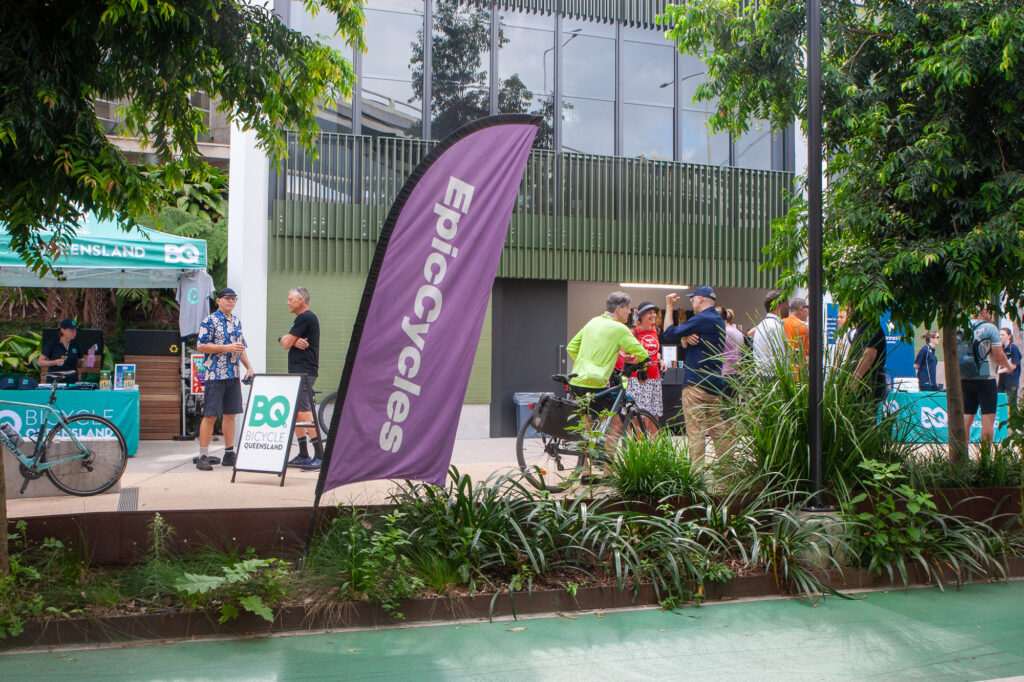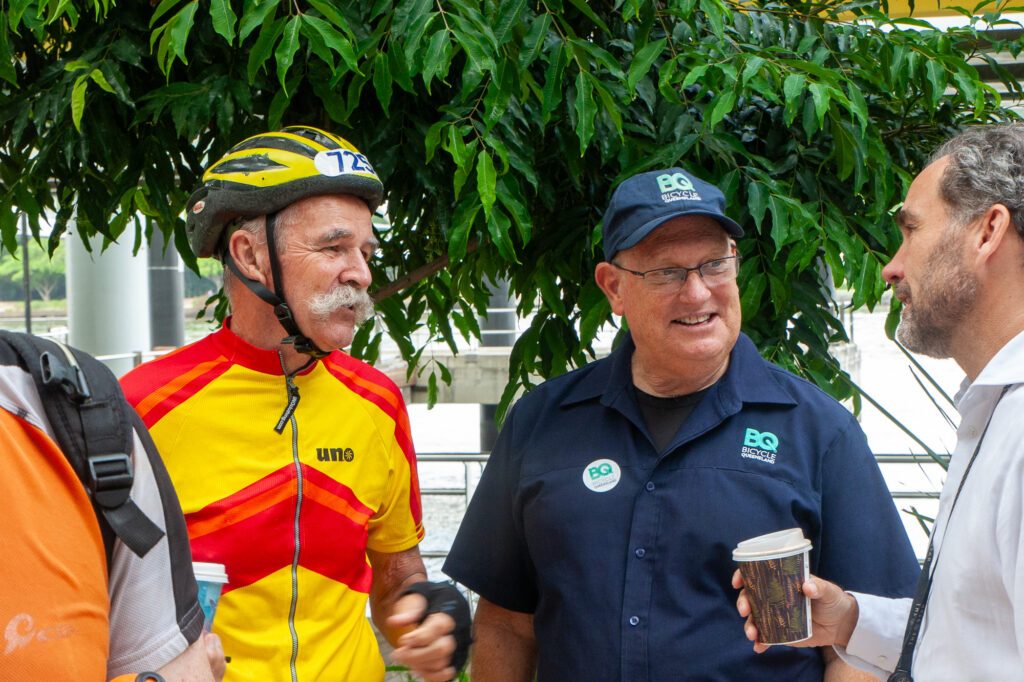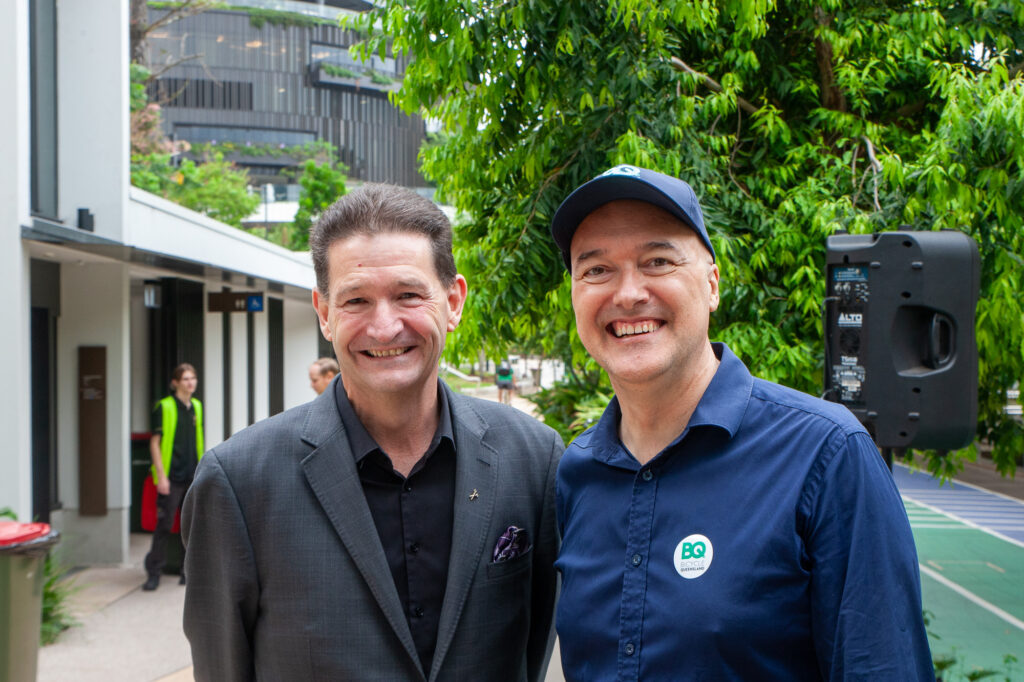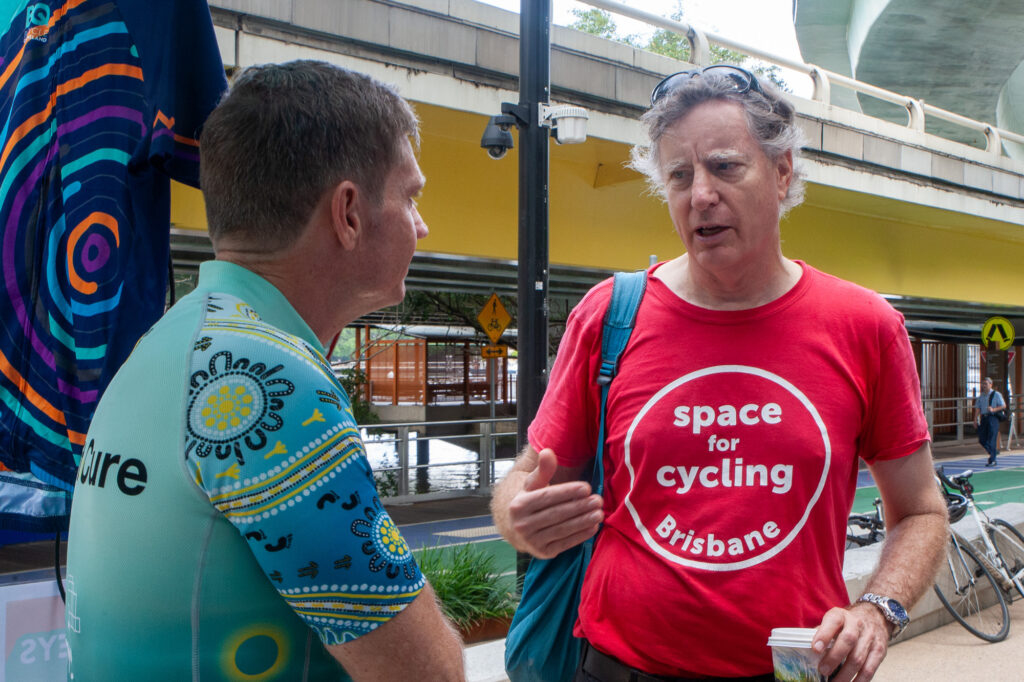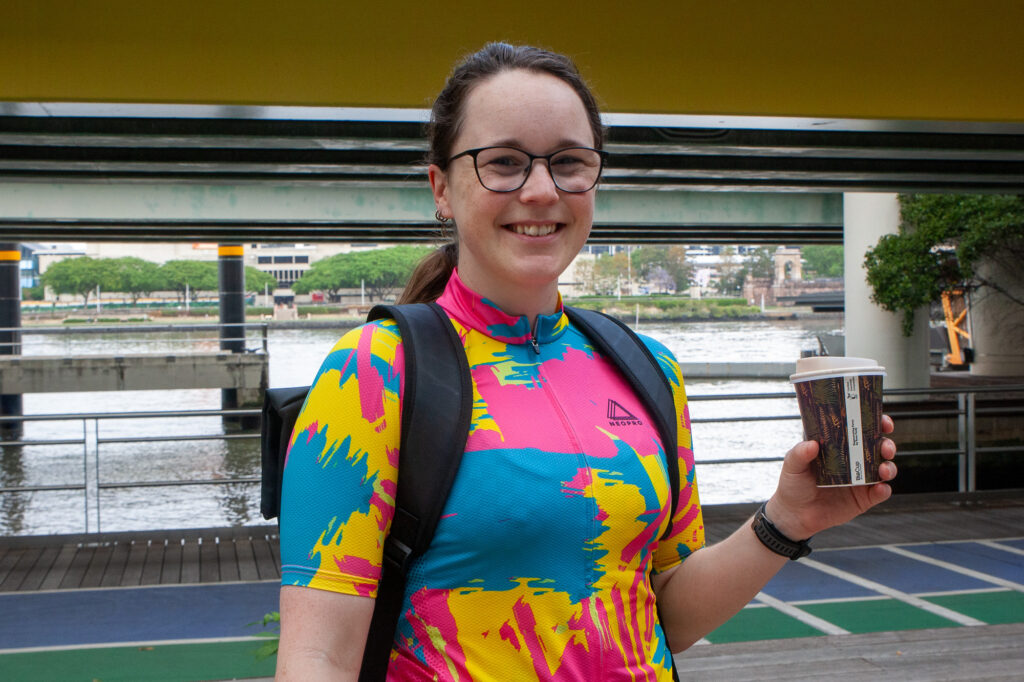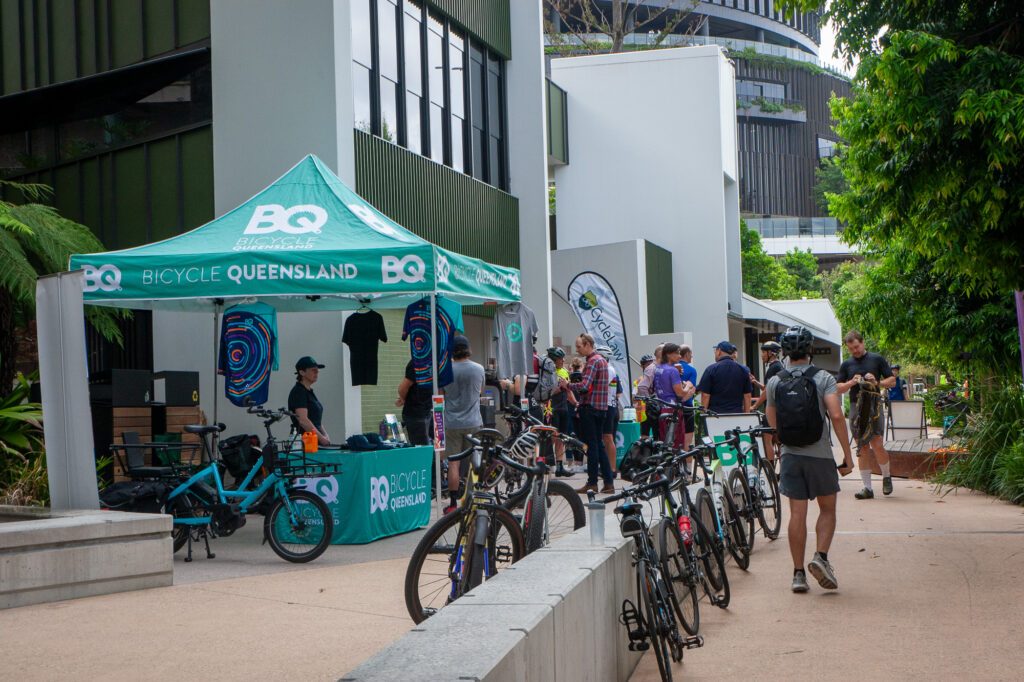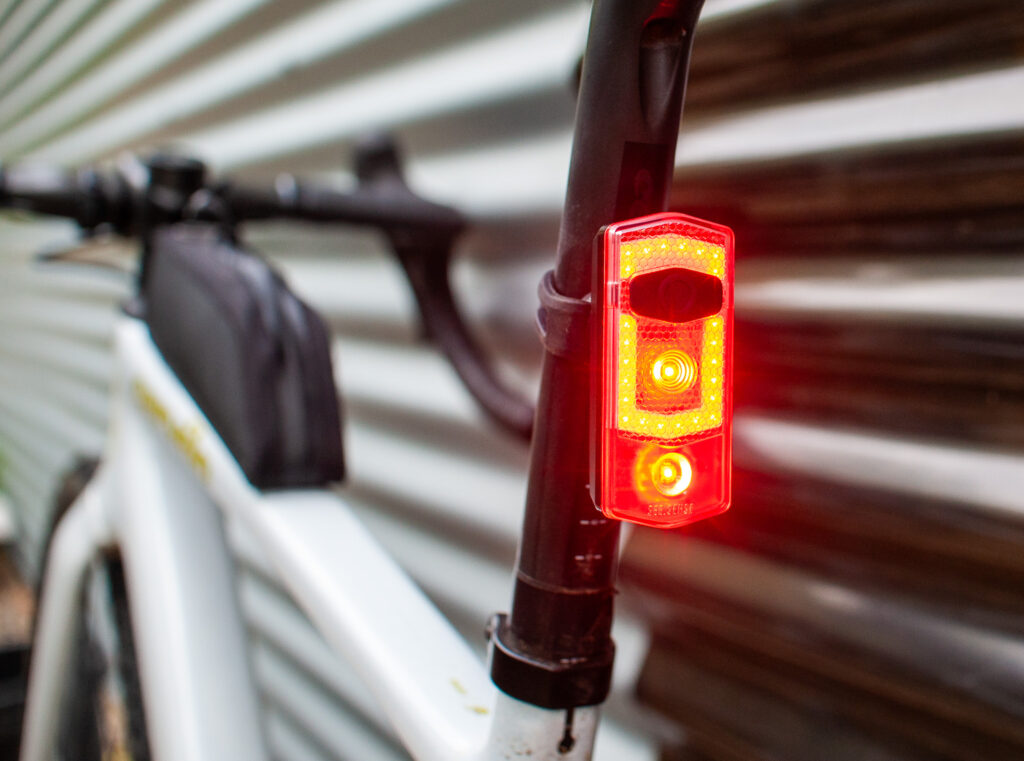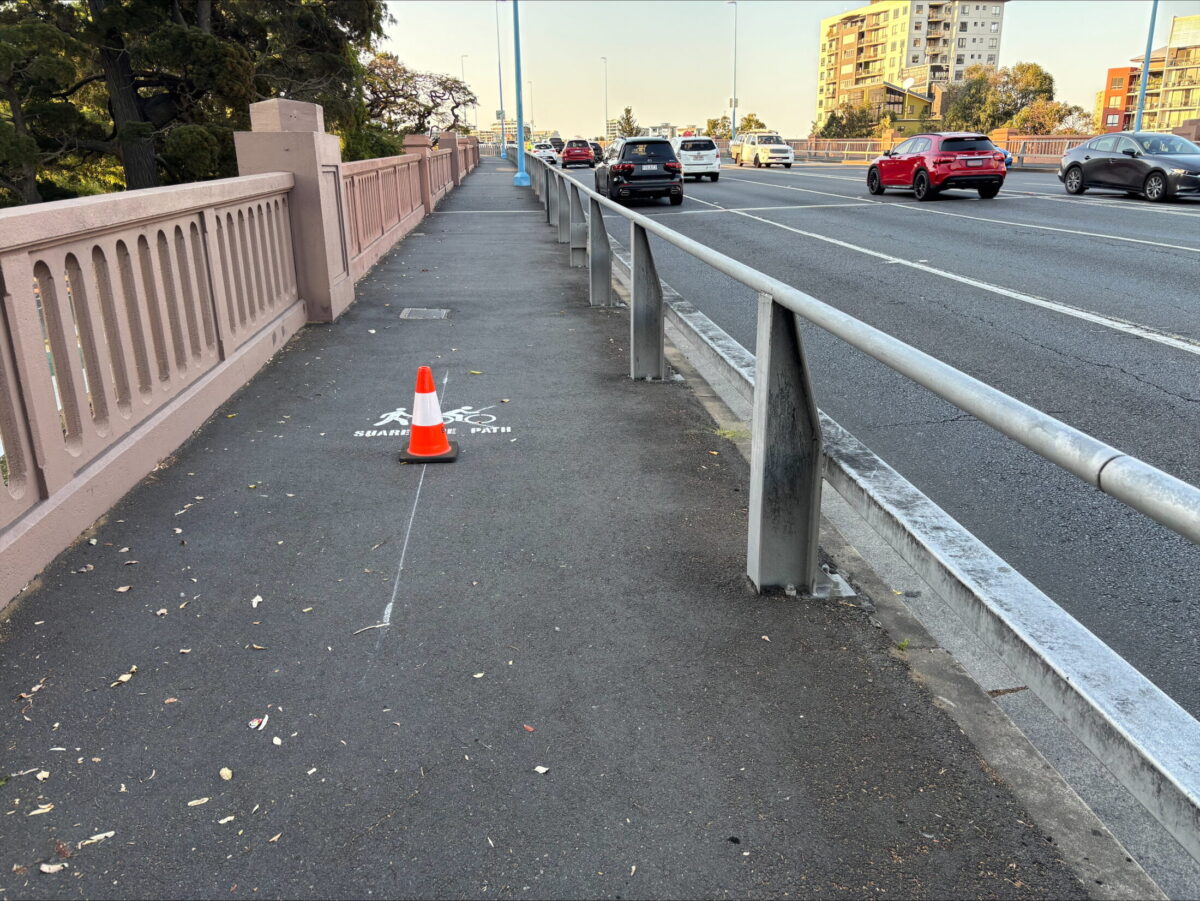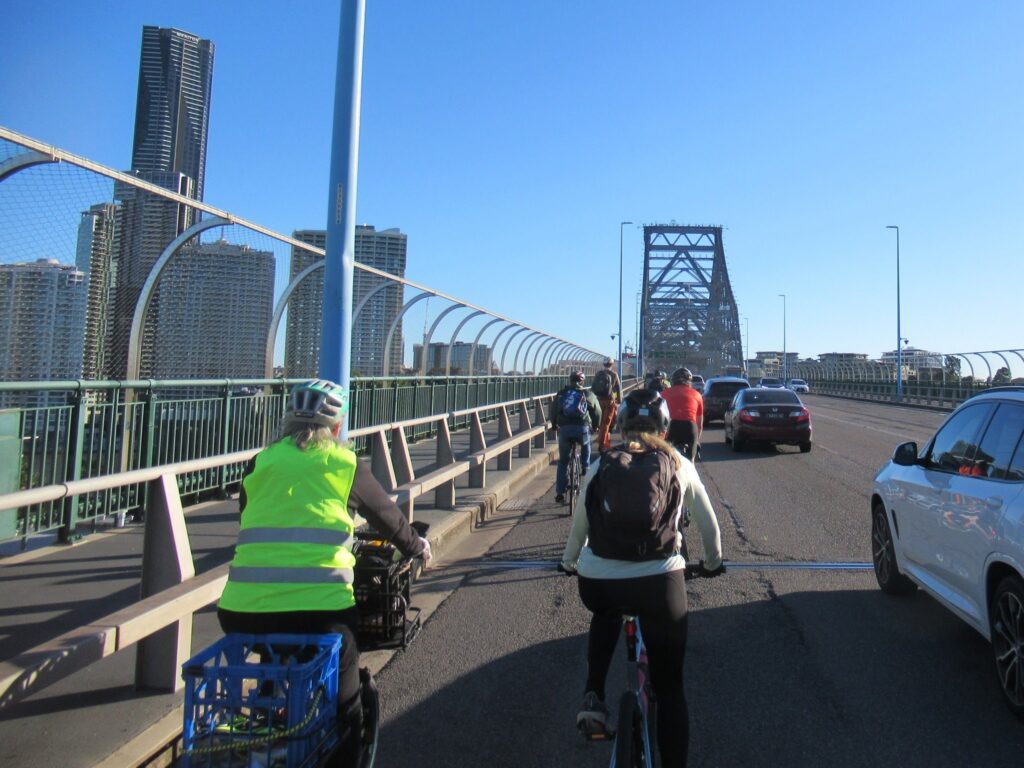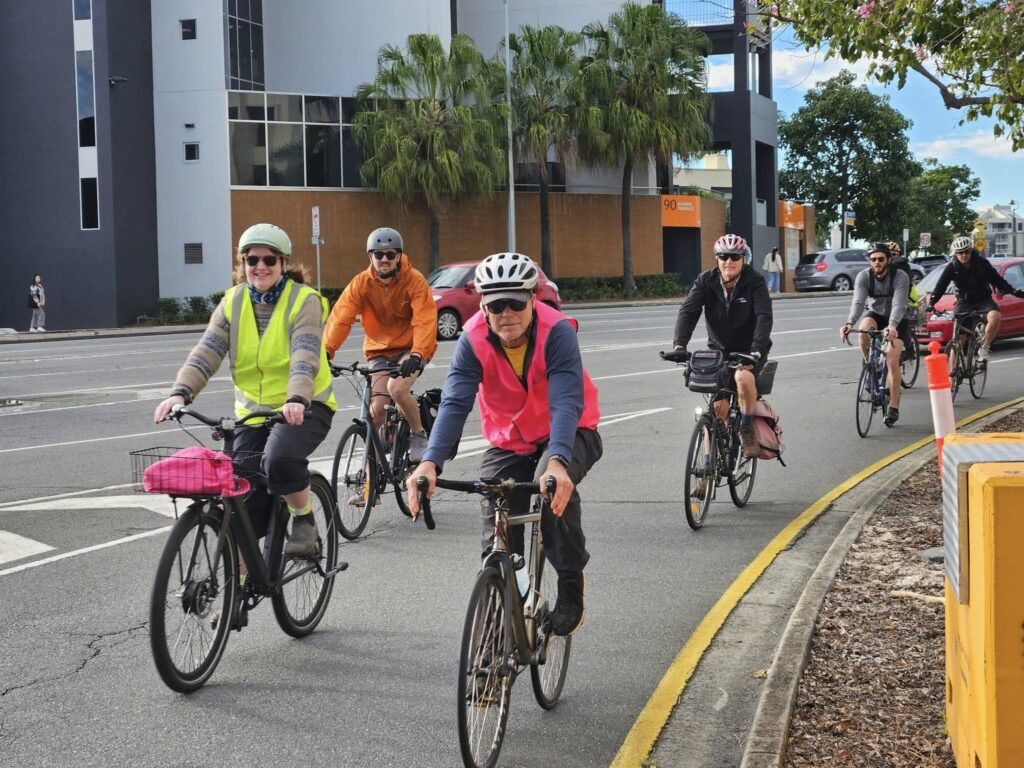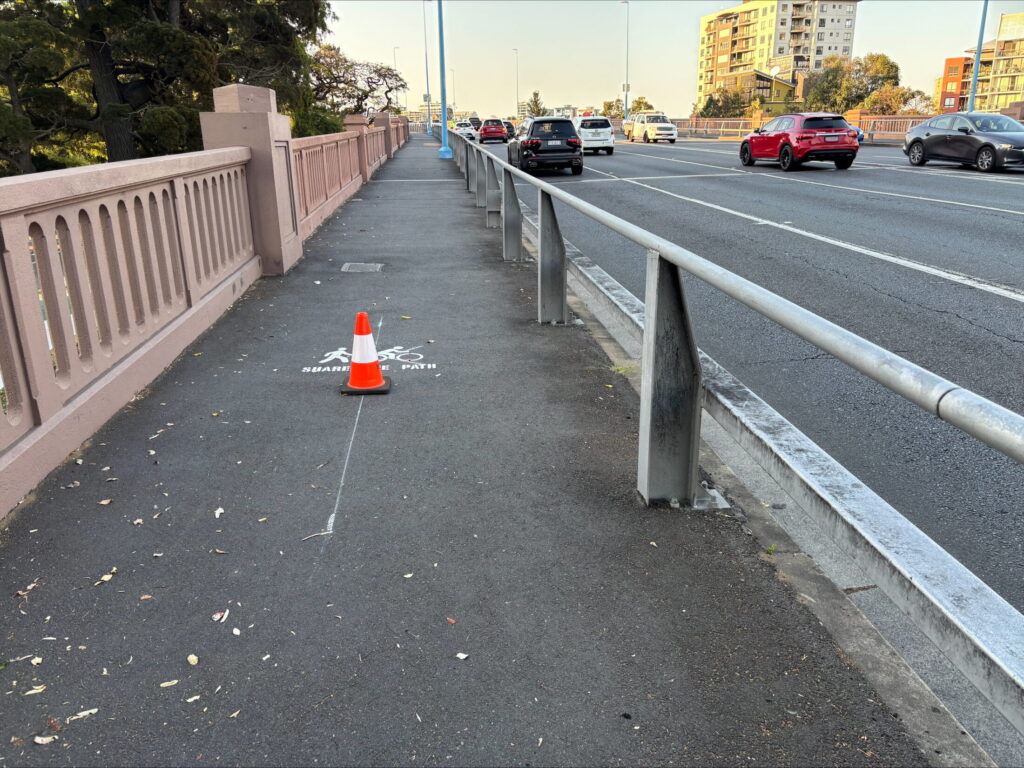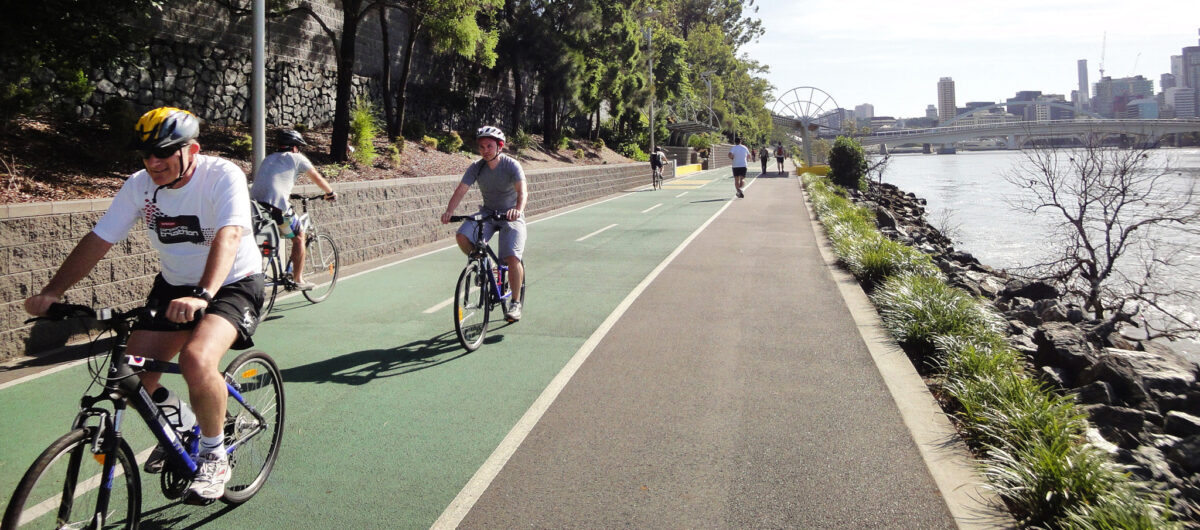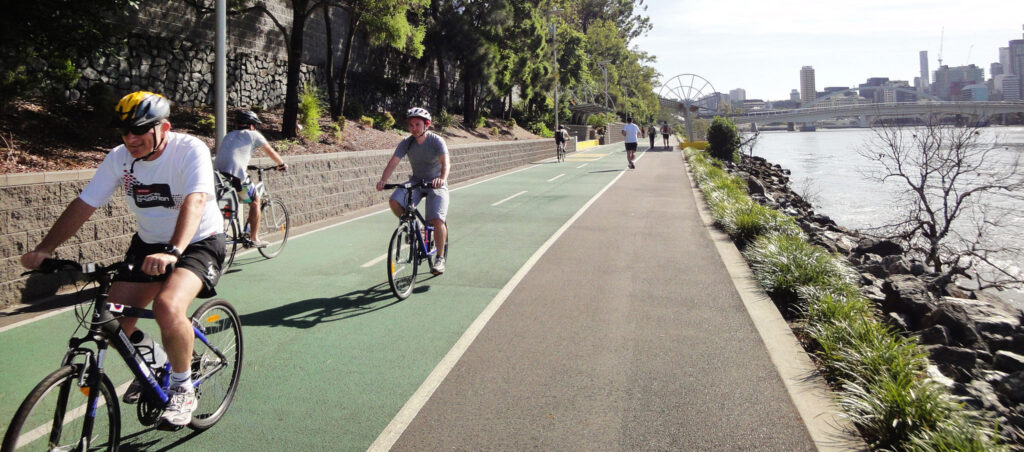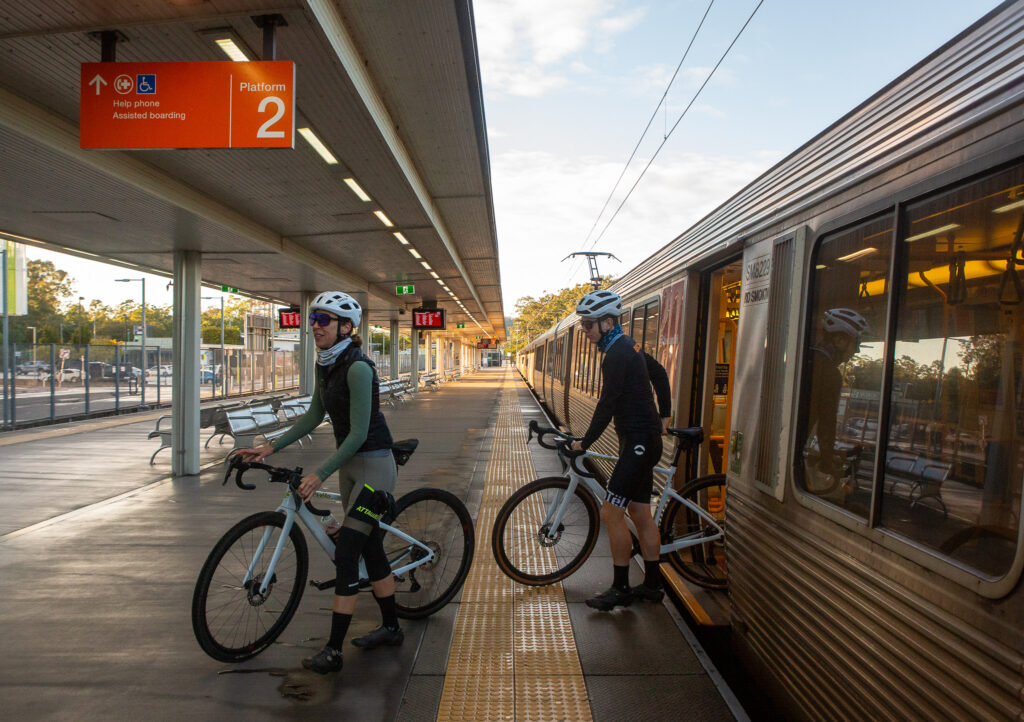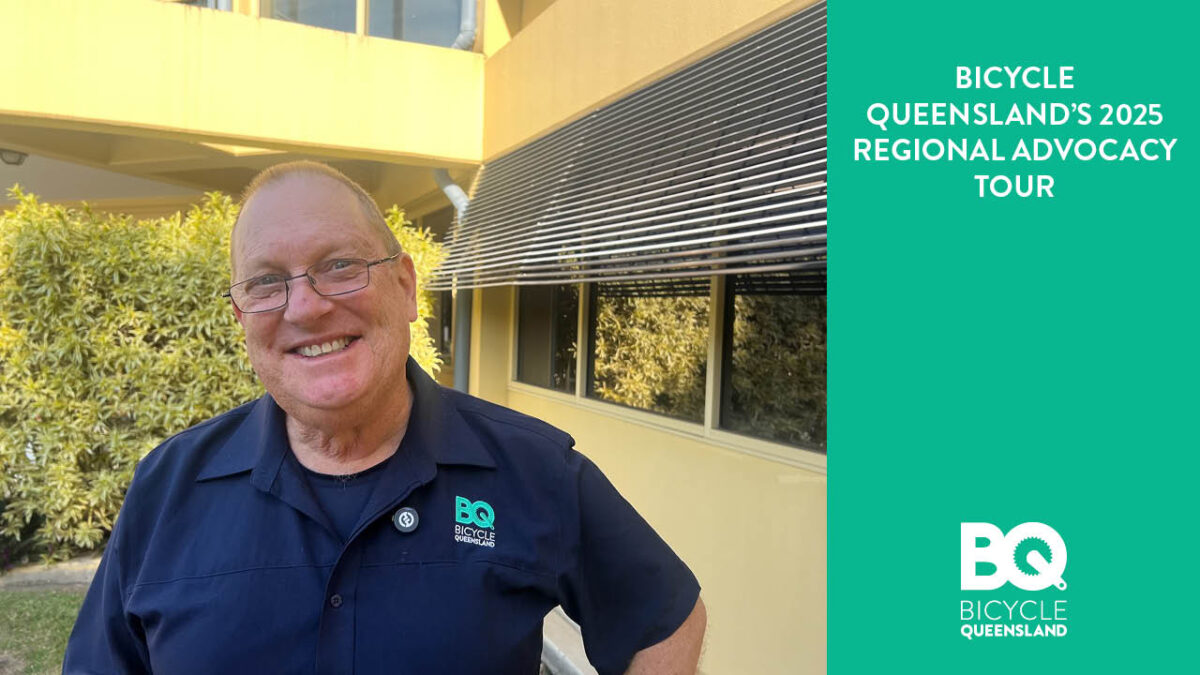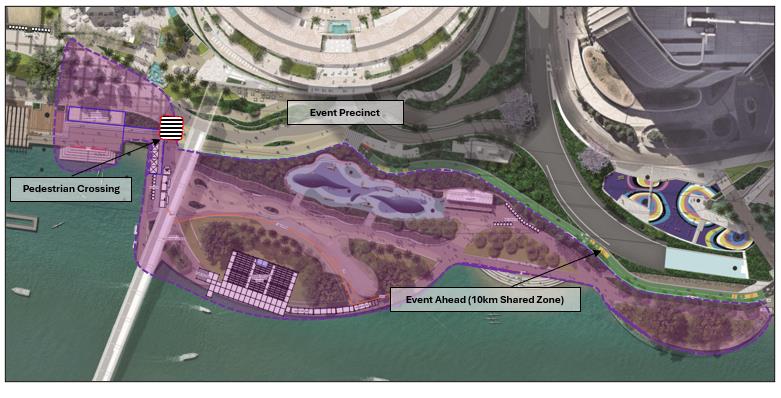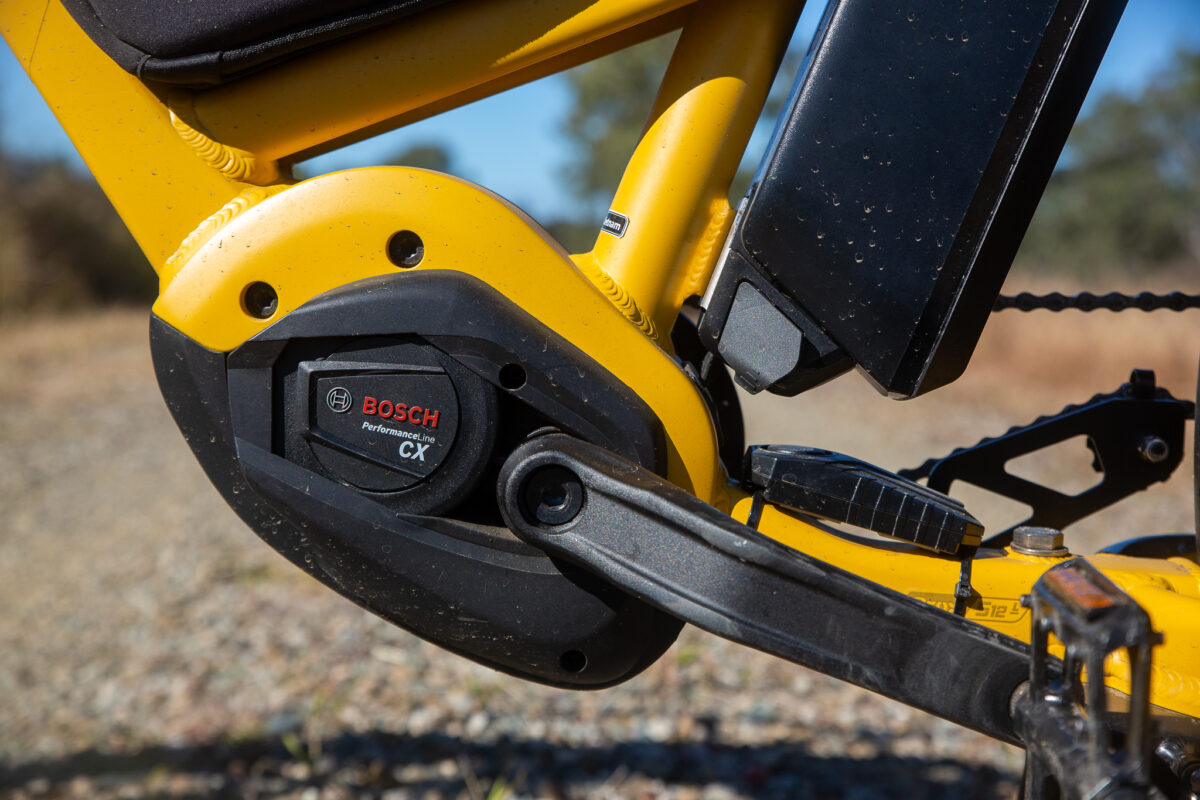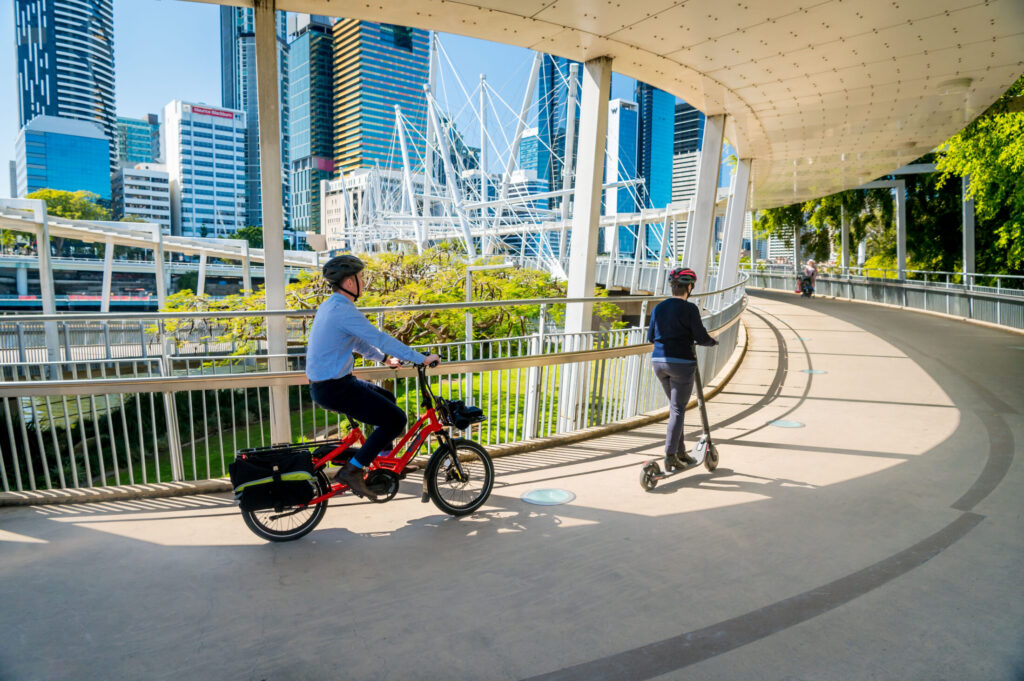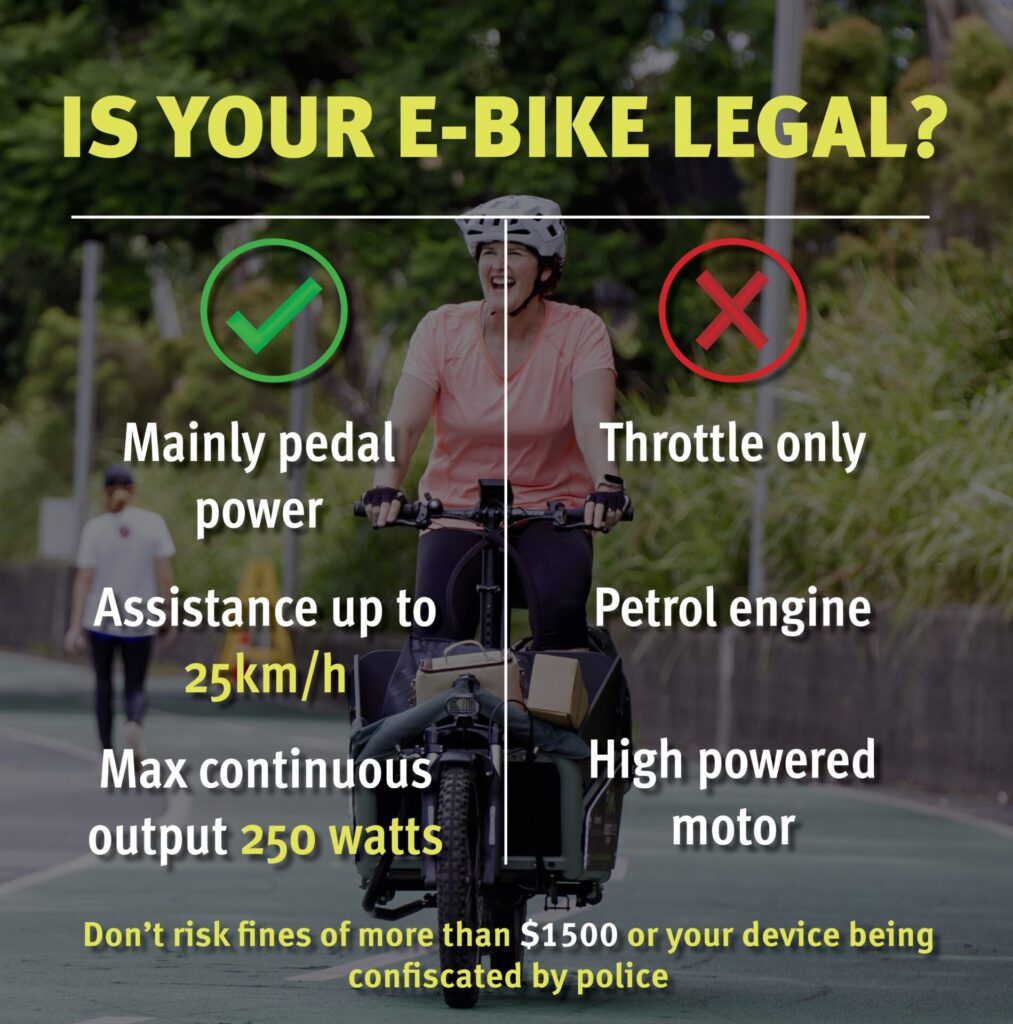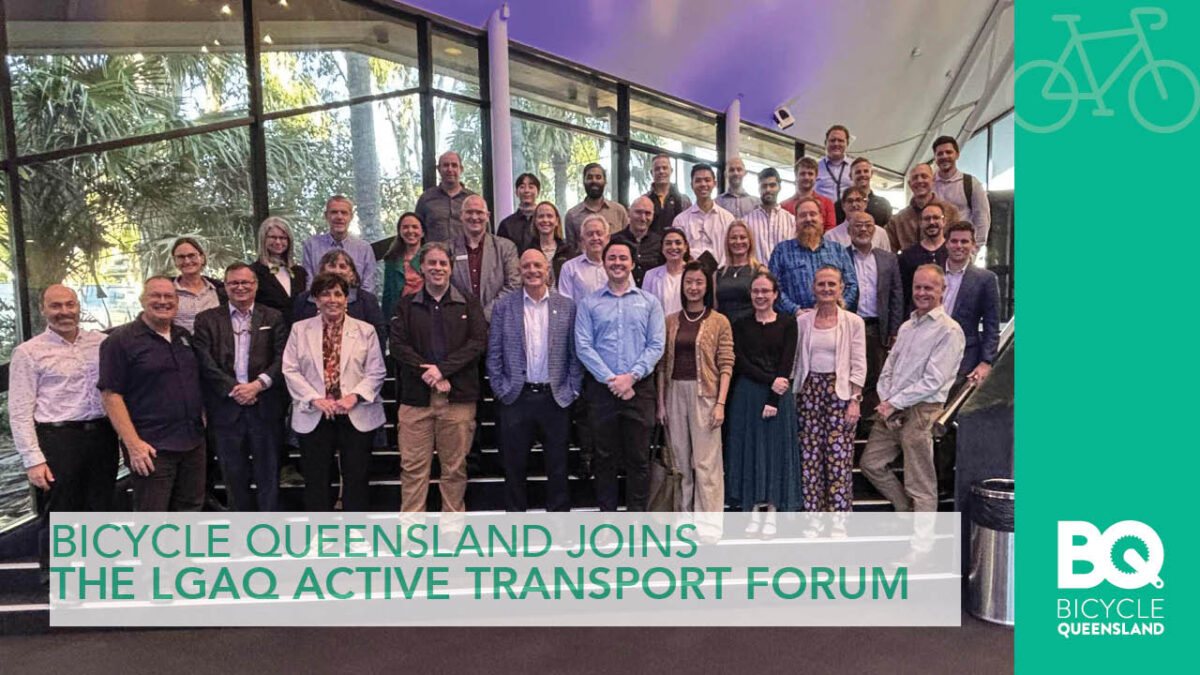At a joint press conference in Brisbane today, RACQ, Bicycle Queensland, Queensland Walks, and the Motor Trades Association of Queensland urged state and federal governments to act swiftly to protect Queenslanders and restore confidence in safe, legal e-mobility.
RACQ’s Dr Michael Kane said existing laws already give authorities the power to impound and remove illegal e-motorbikes, but enforcement has been inconsistent across the state.
“We have a crisis on our footpaths and roads,” Dr Kane said. “E-bikes and e-mobility are a great asset to the community – our problem is illegal motorbikes.”
“These are unregistered, unsafe, and can be impounded today by police or transport officers. We need to see a genuine crackdown. The message to parents is simple: do not buy your child an illegal e-motorbike.”
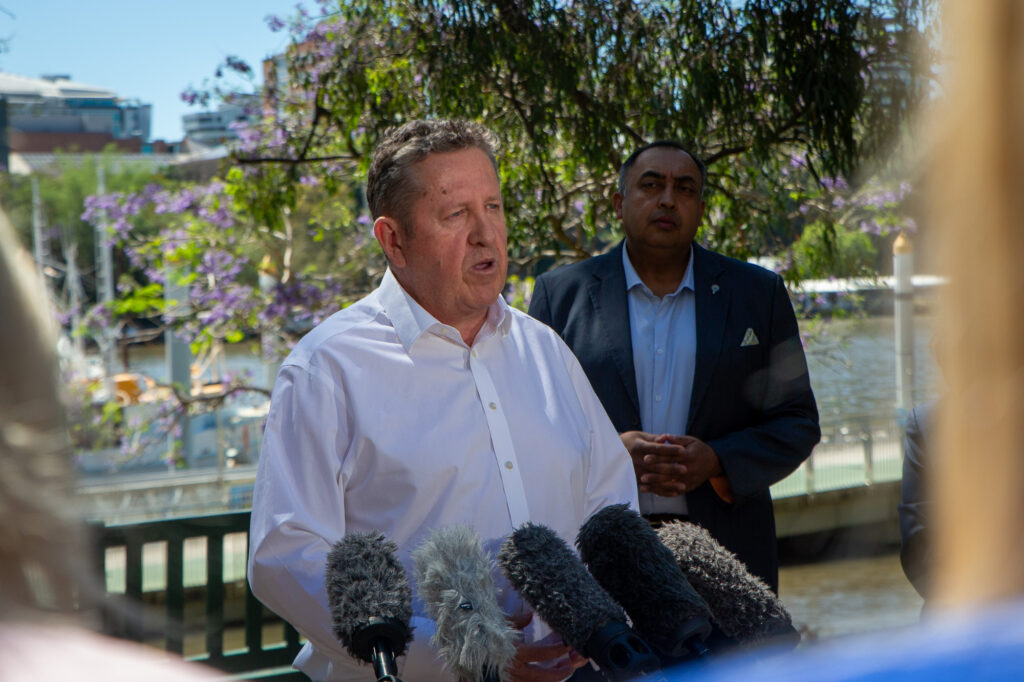

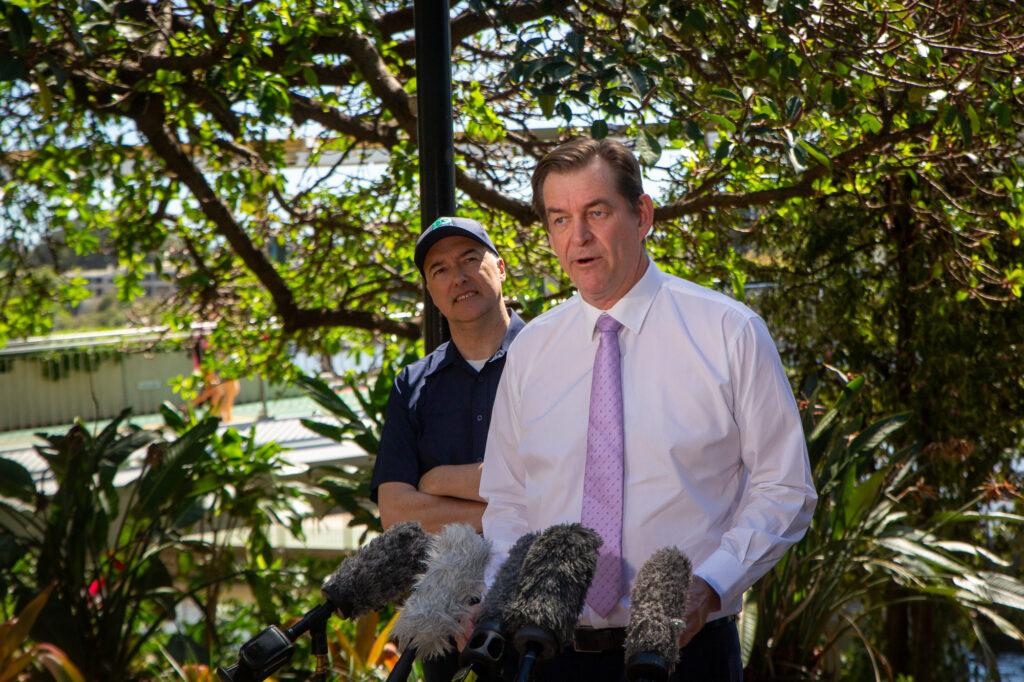
Compliant e-bikes versus e-motorbikes or non-compliant e-bikes can be identified via their output, speed assistance limits and other criteria. The Street Smarts website has information to assist.
Bicycle Queensland’s CEO Professor Matt Burke said the problem stems from federal import rules that were relaxed in 2021, allowing illegal e-motorbikes to enter the country under the guise of e-bikes.
“If I can speak directly to Ministers Catherine King and Tony Burke – in 2021 the Morrison Government changed the rules on imports and allowed these illegal motorbikes to come in,” Professor Burke said.
“It’s within your power as the Federal Government to change this and stop the importation of these vehicles. If we don’t act soon, the problems we’re seeing with deaths of children in Queensland will be replicated around Australia.”
Professor Burke stressed that legal pedal-assist e-bikes remain an important and safe part of Queensland’s transport network.
“We’ve had legal e-bikes on our streets, in parks and on footpaths for more than 15 years without major problems,” he said. “The issue is the unregulated importation and retailing of high-powered electric motorbikes.”
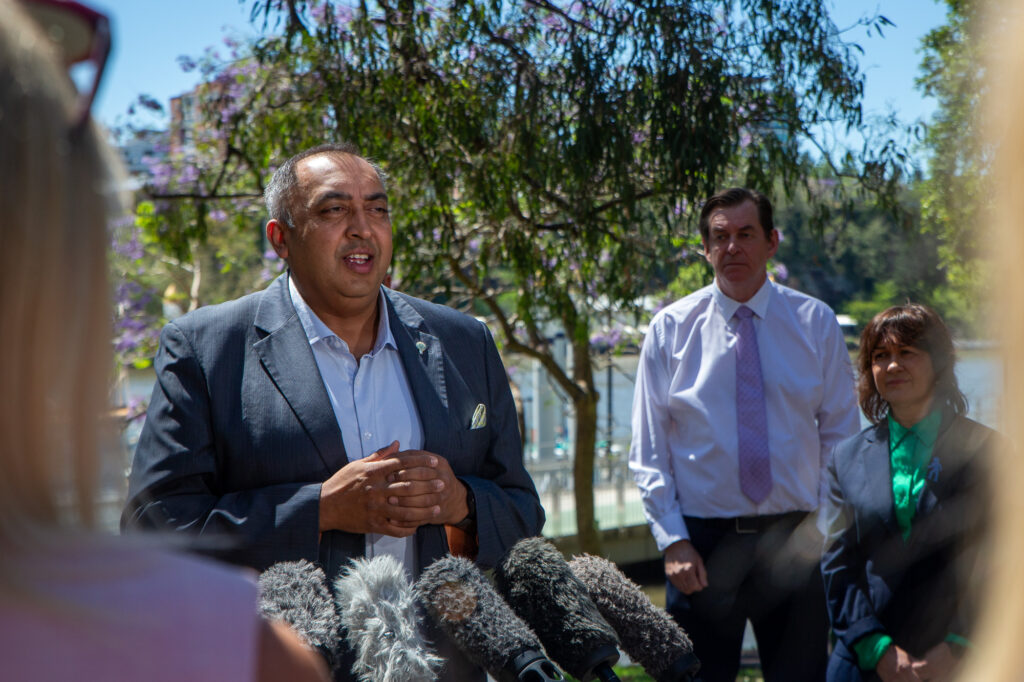
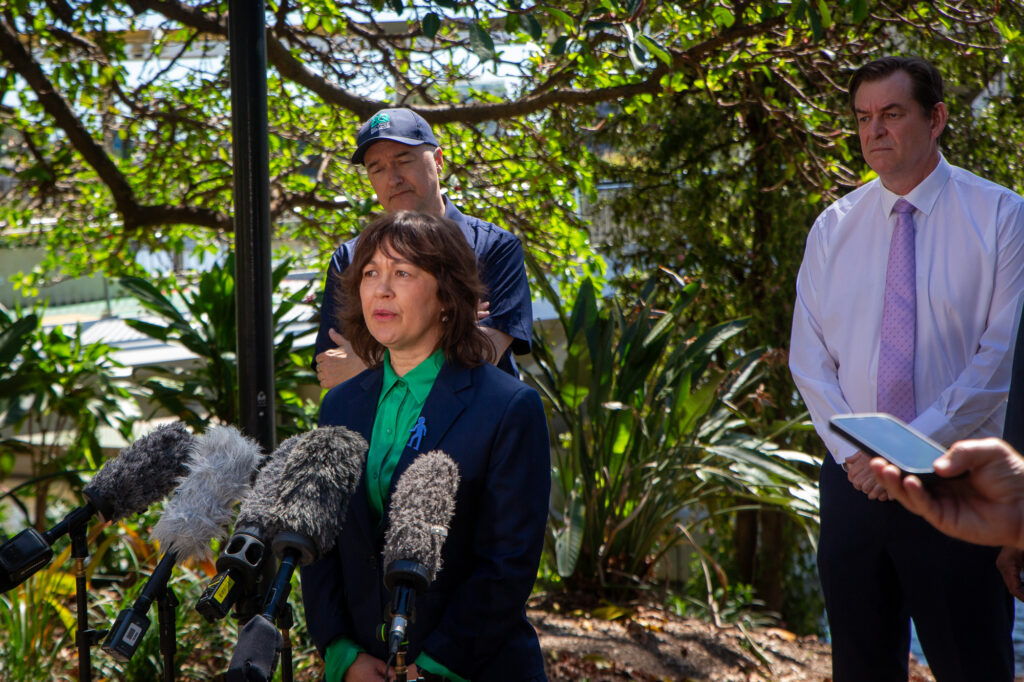
Brad Flanagan, General Manager for Industry Skills at the Motor Trades Association of Queensland, said illegal electric motorbikes have no place on Queensland’s roads or paths.
“There are unregulated, illegal motorbikes in our parks and on our footpaths. They’re a danger to the community. People are being hurt, and people are being killed,” Mr Flanagan said.
“If you want a motorbike or e-mobility device, go to a reputable, licensed dealer. You’ll get proper advice, a legal product, and clear guidance on whether it needs to be registered or licensed.”
Mr Flanagan said some retailers were deliberately misleading consumers.
“We know there are unscrupulous dealers giving instructions on how to modify legal products into illegal ones. They need to be dealt with. This is about getting unsafe, unlicensed vehicles out of our parks, off our footpaths, and off our roads.”
In the meantime, BQ CEO Prof. Matt Burke took aim at retailers selling e-motorbikes.
“Retailers have to take some responsibility here. The business model of some shops seems to be primarily selling illegal e-motorbikes to parents and kids. It’s not an industry we’re supportive of.”
The growth of active transport will reduce congestion and improve the health of Queensland’s cities and towns. And riding e-scooters or bikes pales in uptake compared to walking – yet the rise of non-compliant e-motorbikes and e-scooters is putting walking at risk on shared paths.
Anna Campbell, Executive Officer of Queensland Walks, said pedestrians across the state are increasingly fearful of using shared paths.
“Queenslanders are telling us they’re nervous about stepping out on their footpaths and shared paths because of illegal devices moving too fast,” Ms Campbell said.
“We support e-mobility as an important part of transport equity, but we need safer paths, better enforcement, and separated infrastructure so that pedestrians, riders and rollers can all use our public spaces safely.”
It is clear that a coordinated state and federal intervention is required, targeting illegal importers and retailers, strengthening enforcement, and ensuring safe transport and recreation for all Queenslanders and ideally, all Australians.
Bicycle Queensland’s full submission to the Queensland Government’s Parliamentary Inquiry into E-mobility can be read online.


